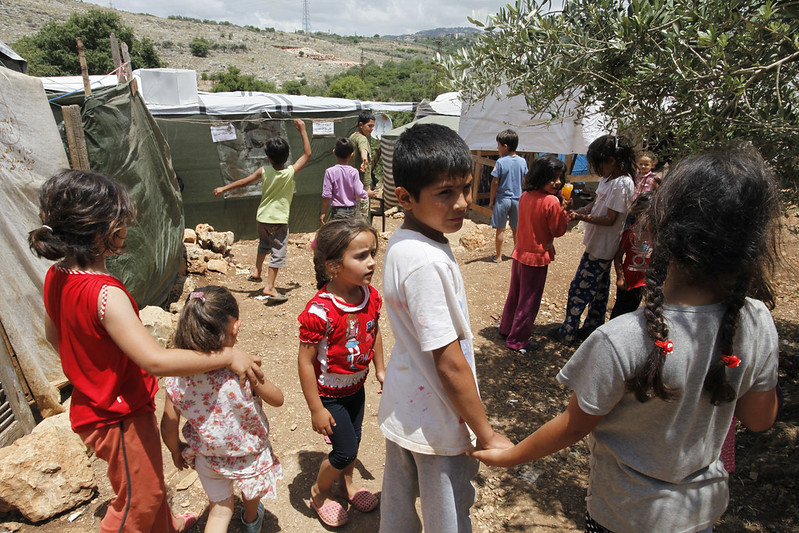 The White Helmets, also known as the Syria Civil Defense, is a force of volunteers that has been making an impact in Syria since late 2012. The group provides aid wherever it is necessary, from war-torn neighborhoods to areas affected by natural disasters.
The White Helmets, also known as the Syria Civil Defense, is a force of volunteers that has been making an impact in Syria since late 2012. The group provides aid wherever it is necessary, from war-torn neighborhoods to areas affected by natural disasters.
History
Throughout the last decade, Syria has been one of the most unstable countries in the world, due to both political instability and natural causes. The Syrian Civil War, a conflict that began in 2011 and continues even now, is the main reason for this instability. The fighting mostly occurs in urban areas, and it typically involves mass artillery strikes and chemical weapons attacks. As a result, nearly 7 million people have been displaced from their homes, according to World Vision. World Vision also estimates that food insecurity currently affects 12 million people throughout Syria, while nearly half of all Syrians live in poverty as of March 2023.
In addition to the ongoing conflict, the northwest of Syria suffered two massive earthquakes on February 6, 2023. Both earthquakes registered well over 7.0 on the Richter Scale. The devastating earthquakes were responsible for over 7,000 deaths throughout Syria. According to the Center for Disaster Philanthropy (CDS), 8.8 million people live in the areas that the earthquake impacted, and this dramatically increases the need for humanitarian aid in the country.
Making an Impact
Over the course of the Syrian Civil War, the White Helmets have provided invaluable aid to those in need. Its official website estimates that the efforts of the White Helmets “saved more than 100,000 lives over the past five years.” The volunteers began with urban search and rescue teams, often scouring through the rubble of bomb sites to find survivors.
The White Helmets continue to make an impact today as it provides earthquake relief. In the early stages of recovery from the earthquakes, the Syria Civil Defense was able to save over 3,000 people, helping pull people from the rubble of destroyed buildings, delivering food and medicine to those in need and distributing medical care all around the affected area.
The Story Continues
Now an influential organization, the White Helmets began as nothing more than groups of everyday people who wanted to look out for others. When the Syrian Civil War first began, there was little to no effective infrastructure to help those hurt in bombings, shootings and a variety of other deadly hazards that the war caused. Despite a total lack of organization and incredible danger, the first members of the White Helmets took it upon themselves to help those in need.
The institution has come a long way since those days, as it has become one of the most well-known aid organizations currently operating in Syria. The White Helmets got a nomination for a Nobel Peace Prize in 2016. Although it didn’t win the prize, the publicity gained from the nomination was invaluable. In 2016, a documentary titled The White Helmets won an Oscar for best short subject documentary. The White Helmets’ impact has earned recognition from around the globe, and the organization’s work continues to make a difference.
– Ezra Bernstein
Photo: Flickr
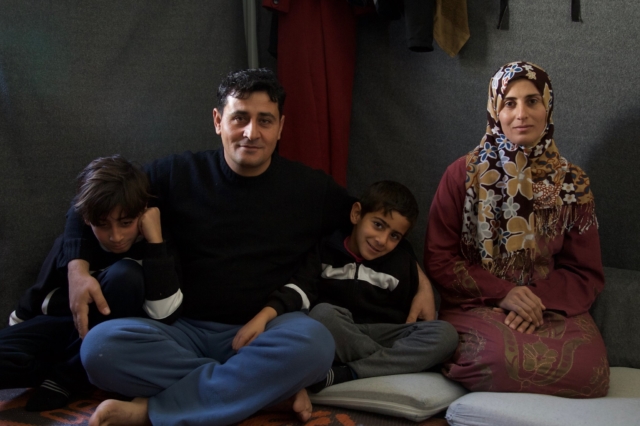
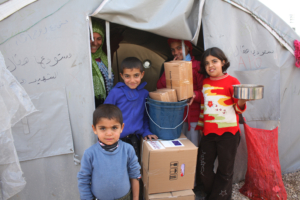 The Syrian conflict continues to rage through this pandemic. The locus of fighting has shifted to the provinces of Idlib and Aleppo. Since 2019, the Syrian government — with support from Russia — has engaged in various bombing campaigns in the region and sent ground forces as well. Idlib is clearly feeling the effects of this violence. The need for aid in the province grows alongside the increasing size of the humanitarian crisis. One particularly important but overlooked aspect of the devastation in Idlib is the rising cost of food. Child hunger in Idlib is a result of the rise in levels of food among the youth due to price increases.
The Syrian conflict continues to rage through this pandemic. The locus of fighting has shifted to the provinces of Idlib and Aleppo. Since 2019, the Syrian government — with support from Russia — has engaged in various bombing campaigns in the region and sent ground forces as well. Idlib is clearly feeling the effects of this violence. The need for aid in the province grows alongside the increasing size of the humanitarian crisis. One particularly important but overlooked aspect of the devastation in Idlib is the rising cost of food. Child hunger in Idlib is a result of the rise in levels of food among the youth due to price increases. More than half of Syria’s population is labeled as food insecure: about 8 million people do not have access to a reliable food source. Syria is facing a
More than half of Syria’s population is labeled as food insecure: about 8 million people do not have access to a reliable food source. Syria is facing a 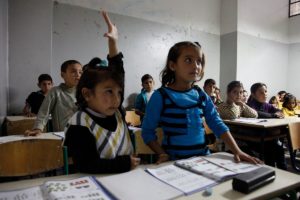
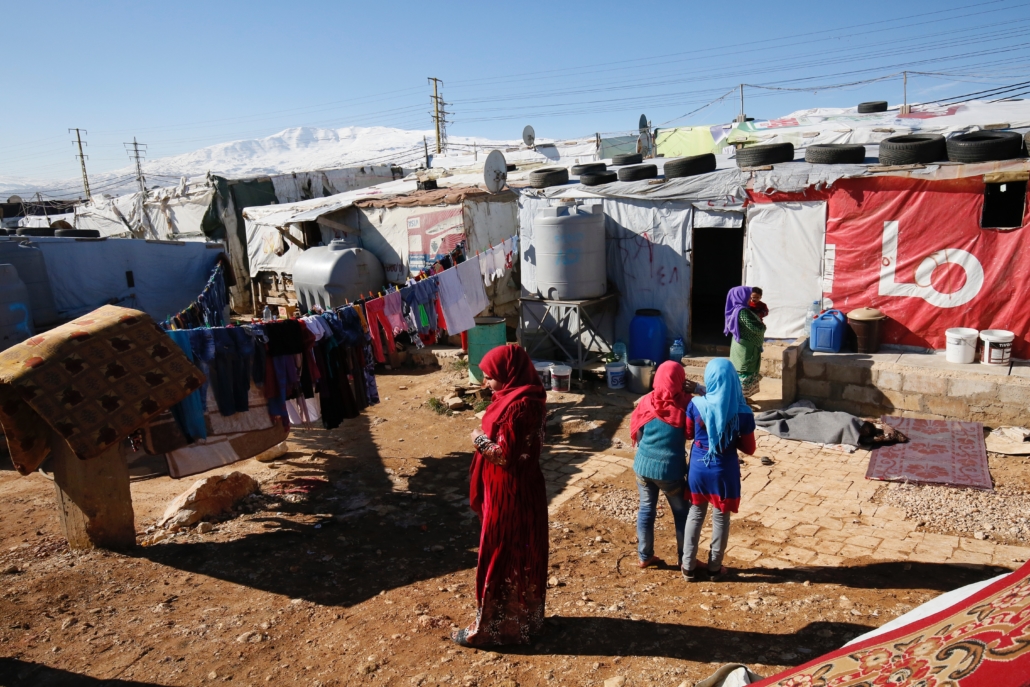
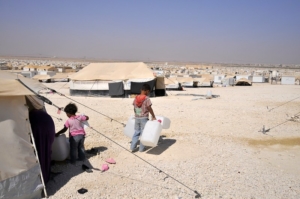 The country of Jordan is the
The country of Jordan is the 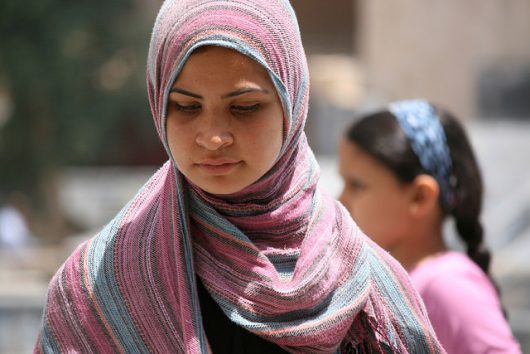

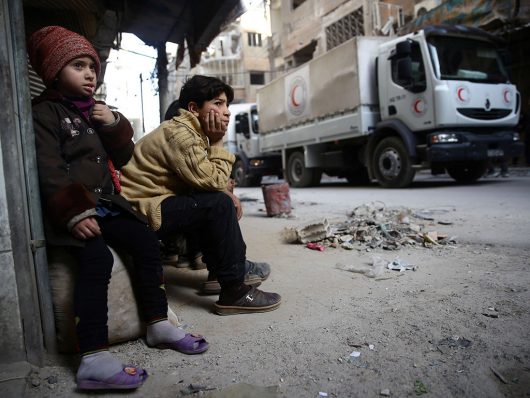 Senator Ben Cardin (D-MD) launched the Syrian War Crimes Accountability Act of 2017 in June 2017. This bill would
Senator Ben Cardin (D-MD) launched the Syrian War Crimes Accountability Act of 2017 in June 2017. This bill would 